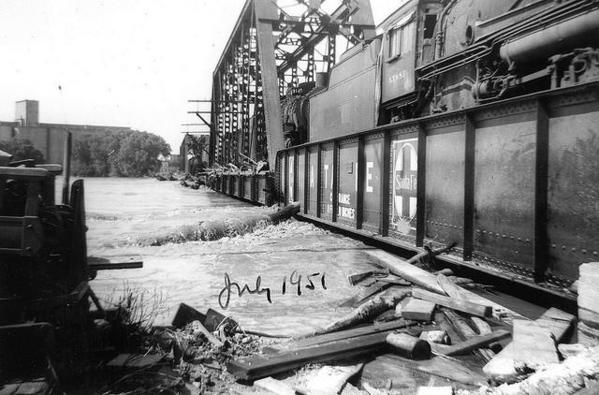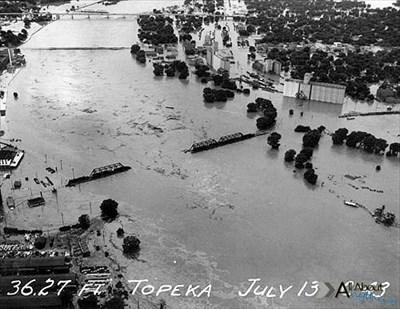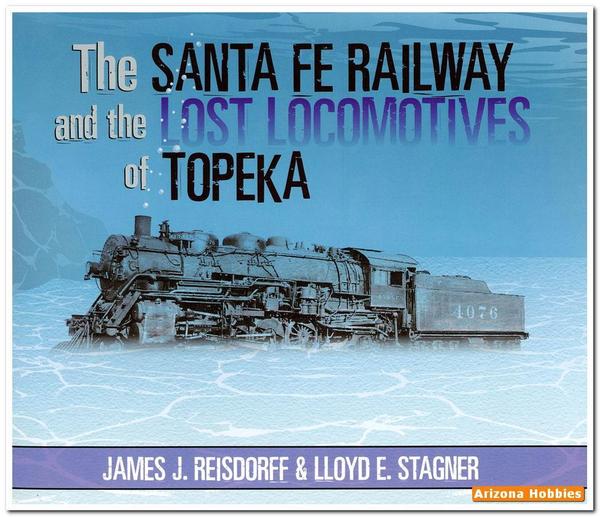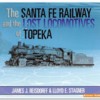Don't know if they would have to evacuate the state so much as move equipment to the high point locally or on the system. By Florida standards, just moving stuff from 3' elevation to 10' elevation would make a big difference. Though with all of the wind driven rain, I would guess that there would be a lot of shorts to deal with.
You're right, Kelly. After I posted the message, I checked and found that the highest point in Florida is over 300 feet. Hardly heart-stopping, but there was probably a place, away from the coast, where they could store the locos, perhaps on FEC and otherwise on CSX, since FEC runs exactly where it name says it runs.
The real problem with water would be standing water, of course. I did not check my timetable special instructions on this, but normally locomotives may not be moved through standing water of more than 3 inches, to protect the traction motors. With today's rubber-sealed overlapping doors to the cab and outside access to the high voltage compartment, water virtually never gets in when locomotives pass through high pressure wash equipment, so, at least most of them, might very well be ready for service after the storm has passed. Since they all have auto-start these days, the engine would periodically start and blow water out of the stack before a dangerous amount might accumulate in the turbocharger and the exhaust manifold. And, if they had enough time, they could have wired or otherwise secured sturdy fabric or plastic over the exhaust stacks and turned off the auto-start feature (and opened the battery switch).
This is not their first hurricane by far, and I have always lived in the relatively dry southwest, so I do not know the nuts and bolts of their process, but, like you, I am a railroader to the core. We would have to believe that they have a hurricane plan and -- once it is activated -- everybody has a job to do in preparing the railroad to withstand the storm. We have winter storm plans in other parts of our railroad network, with storm plans in place, so we can only trust the experts who live in Florida to know how to prepare in the face of an oncoming hurricane. I hope their damages did not exceed their ability to recover quickly.










